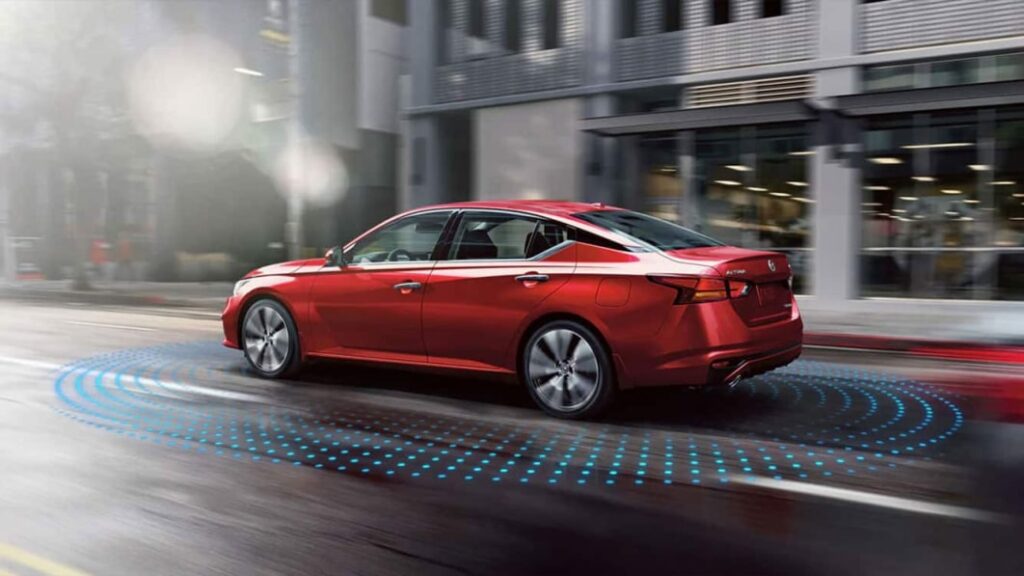AAA study finds ADAS could save more than 8,000 lives per year

As advanced driver assistance systems become more common, researchers are putting more work into quantifying their ability to reduce vehicle crashes, as well as vehicle occupant and pedestrian injuries and fatalities. The American Automotive Association’s (AAA) Foundation for Traffic Safety, a publicly supported charitable research and educational arm, is the latest to try, by supporting researchers at the University of North Carolina. The researchers worked up models for “how many motor vehicle crashes, injuries, and deaths ADAS technologies are likely to prevent over the next 30 years, while acknowledging and taking into account the many factors likely to influence them.” Using crash data from 2017-2019 — the pre-Covid era with a much lower fatality rate — as a baseline, the predictions are that through 2050, ADAS tech could prevent 27 million crashes, 14 million injuries, and 250,000 deaths.
That equates to a 16% decline in both crashes and injuries, and a 22% decline in fatalities — another 8,333 people per year on average that make it home alive.
The report titled “Examining the Safety Benefits of Partial Vehicle Automation Technologies in an Uncertain Future” admits that these figures “are subject to substantial uncertainty.” No one knows what the vehicle landscape and the ramp-up of ADAS technologies will look like, not to mention how the American road system will develop, from physical quality to integrated safety features. In 2020, Consumer Reports wrote that its analysis found current safety tech could prevent more than 20,000 fatalities every year if they all came standard on every light-duty vehicle sold. In 2021, the Highway Loss Data Institute estimated that only half the registered cars in the U.S. would only have backup cameras and rear parking sensors as an advanced assistance suite; the increasing age of the U.S. fleet works against ADAS adoption. The HLDS believed just 17% of cars would be fitted with adaptive cruise control, just 13% with adaptive headlights.
For the record, the AAA study considered dynamic ADAS like adaptive cruise control and automatic emergency braking in its modeling. These are Level 2 systems that can steer, brake, and accelerate the vehicle, as opposed to non-dynamic Level 0 tech like adaptive lights and reversing sensors.
But in fact, on the ADAS side, we still need to figure out where the efficacy of laboratory models intersects with real-world ADAS use. An AAA study from August 2020 found “active driving assistance systems do less to assist drivers and more to interfere.” When researchers drove a number of ADAS-equipped vehicles more than 4,000 miles on public roads and on a closed course, they found that “active driving assistance systems experienced some type of issue every 8 miles, on average,” the report classifying them as being “far from 100% reliable.” Coming across a disabled vehicle on the road seemed to make for the biggest challenge, AAA saying that over the course of the study, “a collision occurred 66% of the time and the average impact speed was 25 mph.”
And when the Insurance Institute for Highway Safety announced it was developing new ratings for partial automation tech, the institute’s president dinged ADAS implementation. David Harkey said in January 2022, “Partial automation systems may make long drives seem like less of a burden, but there is no evidence that they make driving safer. In fact, the opposite may be the case if systems lack adequate safeguards.”
The new AAA study noted that consumers could use some assistance even before getting in the car, too. The foundation has found that drivers might not understand the workings and limitations of a feature like adaptive cruise control, so when the ACC does something unexpected, the result can be “misuse or mistrust.” Dr. David Yang, president and executive director of the AAA Foundation, said, “[The] full safety benefits of ADAS will not be realized unless they are fully understood by the consumer, used properly, and widely adopted.”
It’s going to be a long road to 2050. There’s a lot of work to do beyond tech adoption to make it a safer one.



